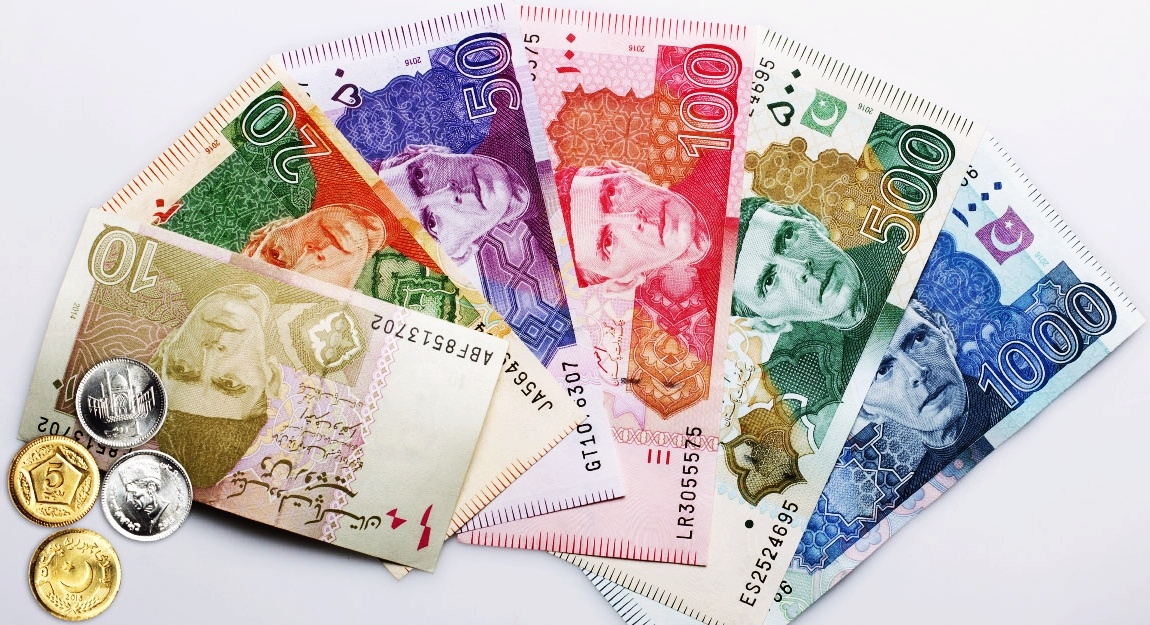Currently, Pakistan’s cost of insuring exposure to five-year sovereign debt rose by 1,224 basis points over the weekend, hitting the highest-ever level of 92.53 per cent…reports Asian Lite News
Nomura Holdings, a Japanese financial holding company and investment bank said that Pakistan is now at a high risk of currency crises, The News International reported citing Reuters.
Apart from Pakistan, the Japanese bank said that there were seven countries including Egypt, Romania, Sri Lanka, Turkey, the Czech Republic, and Hungary now at a high risk of currency crises.
The Japanese bank said that 22 of the 32 countries covered by its in-house “Damocles” warning system have seen their risk rise since its last update in May, with the largest increases in the Czech Republic and Brazil, according to The News International.
“This is the highest total score since July 1999 and not too far from the peak of 2,692 during the height of the Asian crisis,” Nomura economists said, calling it “an ominous warning sign of the growing broad-based risk in EM currencies”.
Currently, Pakistan’s cost of insuring exposure to five-year sovereign debt rose by 1,224 basis points over the weekend, hitting the highest-ever level of 92.53 per cent.
After the local beverage showed the data on Monday, the analysts said that the country’s sovereign dollar bonds would remain vulnerable until the political standoff between the government and the main opposition party of former prime minister Imran Khan is settled.
Pakistan’s economic conditions are far worse these days due to political uncertainty. On Monday, in the inter-bank market, Pakistan’s rupee maintained its downward trend against the US dollar, falling by 0.22 per cent, Business Recorder reported.

As per the State Bank of Pakistan (SBP), the rupee closed at 223.66 after a decline of 0.49. In the last seven trading sessions, the currency has lost Rs 2.24 or 1 per cent against the greenback.
Pakistan’s total debt and liabilities spiked by Pakistani Rupees (Rs) 12 trillion or 23.7 per cent in the first quarter of the current fiscal year, the loan tranche from the International Monetary Fund and the devaluation of the rupee pushed the numbers up significantly, The News International reported citing analysts.
In the fiscal year, 2022-2023, in July-September the debt and liabilities stood at Rs 62.46 trillion which is more than the same period of last fiscal year, accounting for Rs 50.49 trillion.
Pakistan is due to repay USD 1 billion against a five-year Sukuk (Shariah-compliant bond) which is scheduled to mature on December 5, 2022, The Express Tribune reported.
According to Topline Research, the yield (rate of return) on the Sukuk increased by 964 basis points in a day to 69.96 per cent. The increase in the yield is hinting that investors were thinking that Pakistan might default on the USD 1 billion Sukuk.
Meanwhile, Pakistan and the International Monetary Fund’s (IMF) ninth round of talks has been delayed. As they could not finalize a schedule for formal talks on the overdue ninth review of a USD 7 billion loan program amid a lack of clarity on flood-related financial requirements for this fiscal year and a declining revenue stream in the wake of import controls, Dawn reported.
Another alarming factor is that Pakistan’s remittances reached an all-time low in recent months. “In Oct 2022, workers’ remittances recorded an inflow of USD 2.2 billion indicating a 9 per cent decrease over last month,” the State Bank of Pakistan (SBP) said in a tweet.
The workers’ remittances recorded an inflow of USD 2.2 billion in October as compared to the previous month’s figure of USD 2.4 billion, the central bank said in its official data in November.
With a cumulative inflow of USD 9.9 billion during the July-October period in the fiscal year of 2023, the remittances decreased by 8.6 per cent as compared to the same period last year, the figures showed. (ANI)

